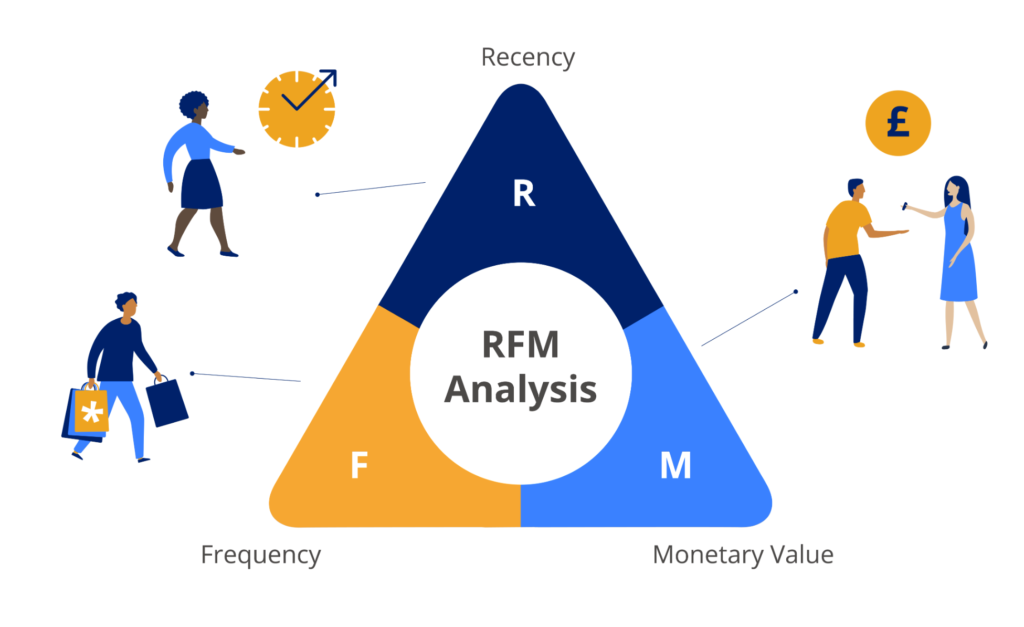Customer Value Optimisation is a multifaceted approach that seeks to establish a harmonious, win-win relationship between businesses and their valued customers. This intricate strategy involves a carefully orchestrated series of strategic steps and considerations, with each element purposefully designed to enhance and magnify the inherent value that customers can derive from their myriad interactions with your company.
In essence, CVO represents a fundamental shift away from transactional thinking toward a more holistic and customer-centric paradigm. Instead of focusing solely on the immediate sale, it embraces a broader perspective—one that nurtures enduring customer loyalty and trust by consistently delivering experiences and offerings. This approach recognises that a satisfied and engaged customer is not merely a one-time buyer but a potential advocate who can fuel sustainable growth and profitability for the business.
CVO, therefore, becomes the compass guiding businesses through the intricate maze of modern commerce, aligning their goals and actions with the ultimate aim of fostering lasting, mutually beneficial relationships.
One powerful tool within the CVO toolkit is RFM Segmentation.

RFM segmentation is a valuable customer segmentation technique that plays a crucial role in Customer Value Optimisation (CVO). RFM stands for Recency, Frequency, and Monetary, and it is a method used to categorise customers based on their past behaviors and interactions with a business. This segmentation approach allows companies to tailor their marketing efforts more effectively, improve customer engagement, and ultimately increase customer value.
Here’s a breakdown of RFM segmentation and its relationship with Customer Value Optimisation:
- Recency (R): This factor focuses on how recently a customer has engaged with your business. Customers who have recently made a purchase or interacted with your brand are typically more engaged and valuable. In the context of CVO, identifying and targeting these recent customers allows you to nurture their engagement and encourage repeat purchases.
- Frequency (F): Frequency measures how often a customer interacts with your business. Customers who frequently engage with your brand are more likely to be loyal and valuable over the long term. CVO can leverage this aspect by creating tailored marketing campaigns and loyalty programs to reward and retain these high-frequency customers.
- Monetary (M): The monetary aspect assesses the total amount of money a customer has spent on your products or services. Customers who have spent more are, naturally, of higher value to your business. CVO strategies can focus on increasing the average transaction value (ATV) for high-M customers, which can significantly impact overall revenue.
The Role of RFM Segmentation in CVO
Now, let’s explore the relationship between RFM segmentation and Customer Value Optimisation:
Segmentation Precision:
RFM segmentation allows you to divide your customer base into meaningful segments based on their behavior. This segmentation precision is essential for CVO because it enables you to tailor your strategies, offers, and communication to specific customer groups. For instance, you can create targeted campaigns to re-engage customers who haven’t made a purchase (low recency), encourage frequent shoppers to become loyal advocates, and incentivise high-spenders to continue investing in your brand.
Personalisation:
CVO places a strong emphasis on personalising the customer experience. RFM data provides valuable insights that enable you to create personalised marketing messages, product recommendations, and incentives. By understanding where each customer stands in terms of recency, frequency, and monetary value, you can craft tailored offers that resonate with their unique preferences and needs.
Customer Lifetime Value (CLV):
The ultimate goal of CVO is to increase Customer Lifetime Value (CLV). RFM segmentation aligns closely with this objective. By optimising your strategies based on recency, frequency, and monetary factors, you can systematically work toward extending the duration and value of your customer relationships. High-M customers can be nurtured to spend more, high-F customers can become brand advocates, and low-R customers can be re-engaged for continued patronage.
Customer Value Optimisation (CVO) and RFM Segmentation are not merely buzzwords but indispensable tools for businesses seeking sustainable growth and lasting customer relationships.

